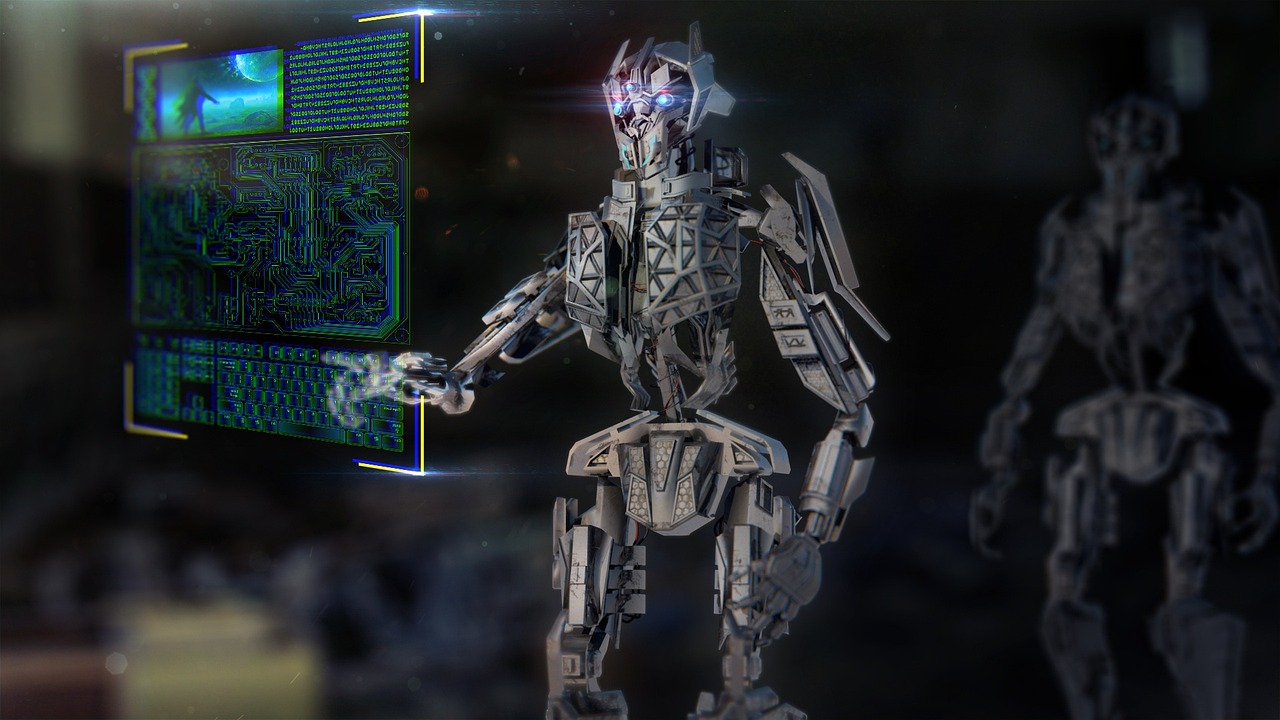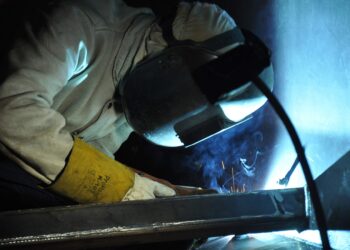
The history of robotics and automation in Central and Eastern Europe (CEE) industries is a fascinating journey that mirrors the region’s broader economic and technological evolution. From the early days of industrialisation to the present era of digital innovation, CEE has been both a witness to and a participant in the global robotics and automation revolution.
During the communist era, CEE countries were focused on heavy industry and manufacturing. The industrial sector was primarily driven by manual labour with limited automation. However, there were pioneering efforts in robotics and automation, primarily aimed at improving efficiency and productivity in industries such as automotive manufacturing, mining, and steel production. These early robots were rudimentary by today’s standards, but they laid the groundwork for future developments.
The fall of the Iron Curtain in 1989 marked a significant turning point. The transition to market economies and the opening up to global trade and technology led to a rapid modernisation of industrial sectors in CEE. Western technology and investments flowed into the region, bringing advanced manufacturing techniques, including more sophisticated robotics and automation systems.
In the early 2000s, countries like Poland, Czechia, and Hungary began to emerge as manufacturing hubs for European and global markets. This period saw a significant increase in the adoption of industrial robots, particularly in the automotive industry, which became a major sector in the region’s economies. Car manufacturers and suppliers invested heavily in automated production lines to increase efficiency, reduce costs, and improve product quality.
Robotics and automation also began to find applications beyond traditional manufacturing. In sectors such as agriculture, logistics, and healthcare, CEE countries started to adopt these technologies to enhance productivity and address challenges like labour shortages and an ageing population. For instance, automated systems and drones in agriculture helped to increase precision farming practices.
Today, the CEE region is not just adopting but also contributing to innovations in robotics and automation. Countries like Estonia and Slovenia are known for their vibrant tech startup ecosystems, where companies are developing advanced robotics and AI solutions. These include innovations in human-robot interaction, autonomous systems, and smart factory solutions.
The rise of Industry 4.0, characterised by the integration of the Internet of Things (IoT), AI, and cyber-physical systems into manufacturing, is further driving advancements in robotics and automation in CEE. The region’s industries are increasingly adopting smart factory technologies to stay competitive in the global market.
However, the journey has not been without challenges. The transition to highly automated and digitised production raises questions about workforce skills and employment. There is an ongoing need for upskilling and reskilling workers to operate and maintain advanced robotic systems. Additionally, small and medium-sized enterprises (SMEs) face challenges in accessing and integrating these technologies due to costs and complexity.
The history of robotics and automation in CEE industries reflects the region’s broader economic transformation. From initial efforts under state-controlled economies to the current embrace of cutting-edge technologies, CEE has shown a remarkable capacity to adapt and innovate in the field of robotics and automation. As the region continues to evolve, its industries are likely to play an increasingly significant role in shaping the future of robotics and automation on a global scale.






